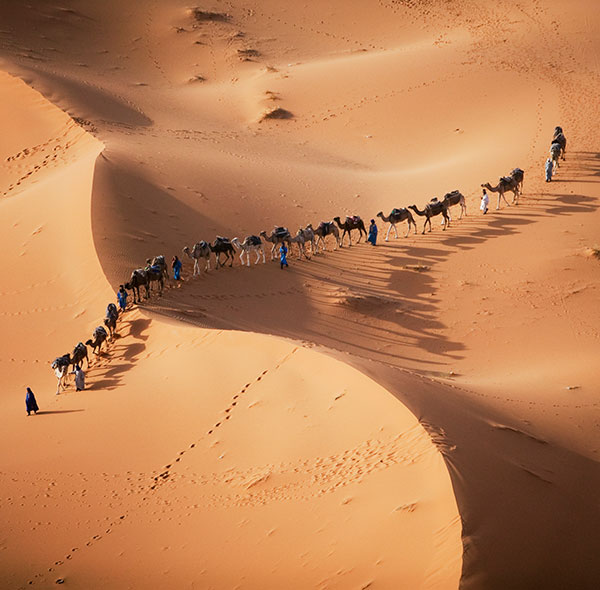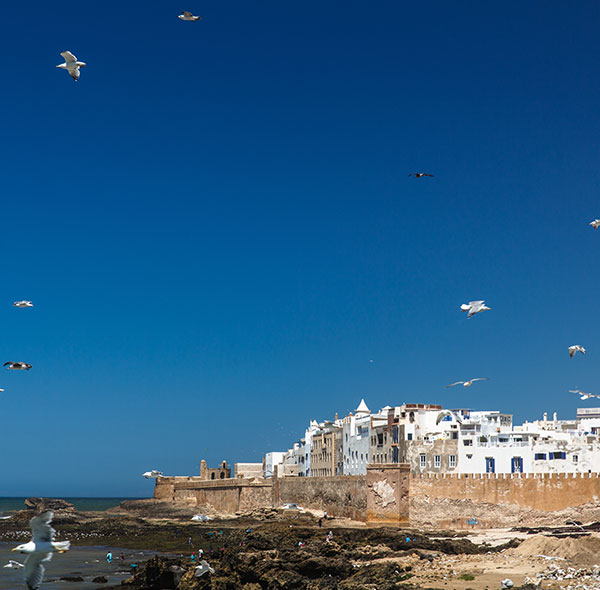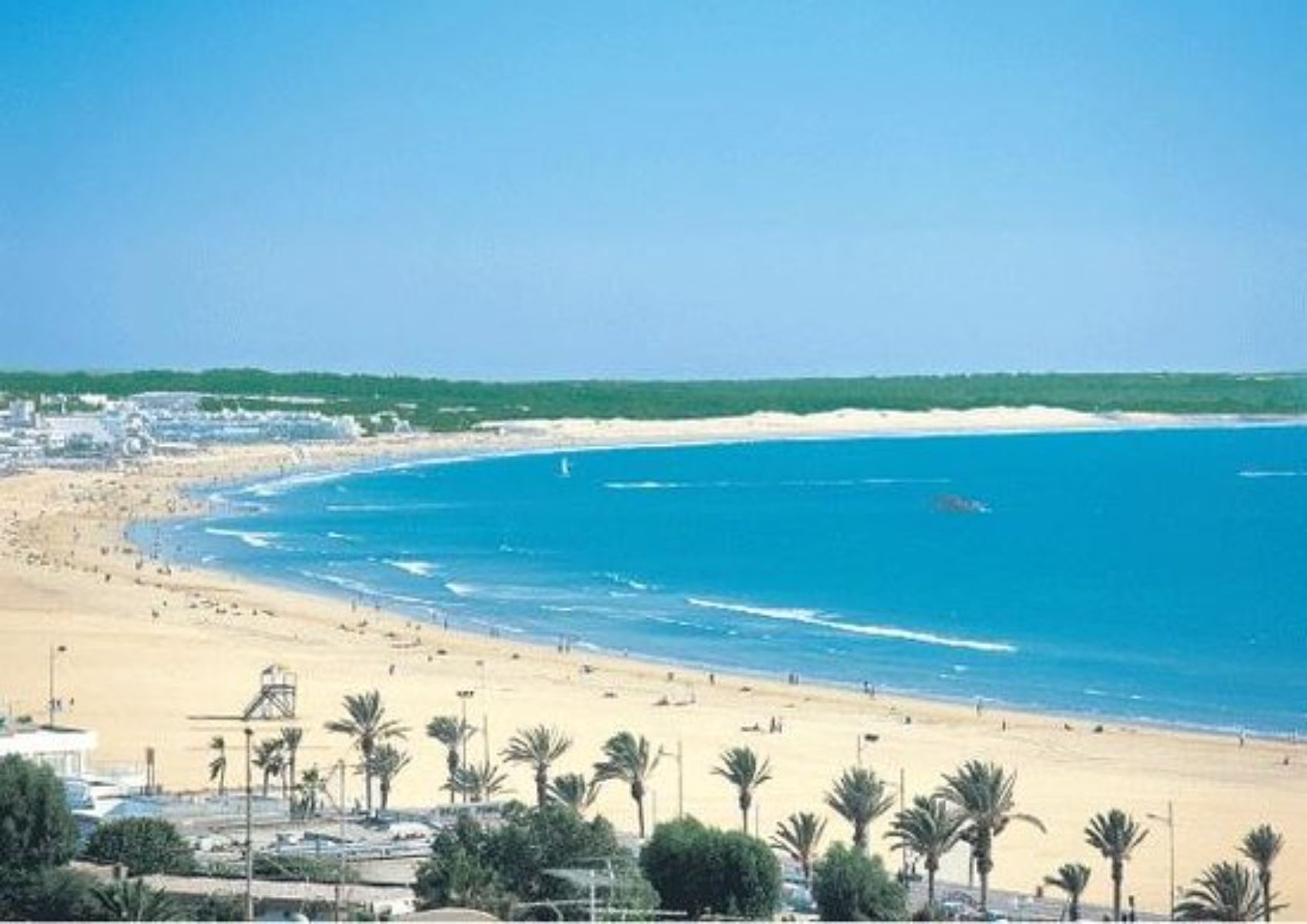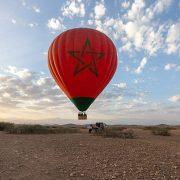
Morocco Music
If you’re looking to learn about Morocco music, read this article. We’ll discuss traditional Gnawa and Chaabi music, and give you an insight into the cultural background of the region’s musicians. And we’ll also discuss other forms of Moroccan music, such as jazz and klezmer. You’ll also learn about some of the country’s most cherished music, like gnawa. Then, you can try learning some of these music styles yourself!
Morocco Musician
If you’re searching for jobs as a Moroccan musician, there are several career options to choose from. The highest published employment is with bands, radio broadcasters, and music production companies. However, if you’re interested in a less traditional career path, you should consider becoming a radio personality or a television host. This job can provide you with an excellent mix of experience and skills. Listed below are some of the top choices.
The music of Morocco varies widely from region to region and social class to region. Berber music is the oldest known musical tradition and has continued to develop and change until the present day. While many genres have their own unique characteristics, they all share a strong Berber musical influence. Below are a few of the most notable types of Moroccan music. All are popular among younger audiences with more cosmopolitan perspectives. Musicians in these genres often focus on a variety of topics, from social issues to traditional music.
Bachir Attar, a legendary musician in Morocco, has recorded and performed with the Rolling Stones. The master musicians of Jajouka led by Bachir Attar were featured on BBC Television’s “Rhythms of the World” series. In 1989, The Rolling Stones recorded with the master musicians at the Palais Ben Abbou in Tangier Kasbah, along with Patti Smith. His portrait is by Lawrence Mynott and features many of the same musicians from the region.
Morocco traditional music
Gnawa, the local name for Moroccan traditional music, has West African roots. Originally, this music was played in markets and is now heard at any celebration or meeting. It is often accompanied by metal castanets and has a unique enchantment. It has also been influenced by other forms of music from neighboring countries, such as jazz and hip-hop. Its mystical sound has remained largely untouched, despite its modern influences.
This recording of Moroccan traditional music was first made public by Paul Bowles, an American composer and author who visited Morocco in the 1930s and fell in love with its traditional sounds. He moved to Morocco and recorded as much of the music as he could. During his stay, Bowles listened to as many Moroccan musicians as possible. Bowles’ recordings of Moroccan traditional music became a huge success, and the album is now available in the Library of Congress.
The Amazigh, a group of Berber people, perform traditional Moroccan music. These people live in the northwest corner of the country and once controlled much of the Saharan trade. The Rwais play a rhythmic music style known as ahmeilou. Five of the 13 men in the ensemble play small drums and lutes. The tempo quickens as the polyrhythms become more insistent.
Morocco Chaabi music
The Moroccan country of Morocco is known for its traditional and flamboyant chaabi music. The lyrical content of these songs is a mix of mournful vocals, a melodious orchestral backing, mandolins, piano and percussion beats. Chaabi music is also known for its religious lyrics. The songs have similar themes to Flamenco, but are more conservative in nature. In addition to their traditional religious content, Chaabi songs often carry a social commentary with a strong moral message.
Moroccan Chaabi music is a fusion of various music styles, and is the most popular in the country. It is derived from the diverse forms of folk music that originated in the souks and streets of Morocco. Typically, chaabi songs end in a rousing chorus known as leseb, which is a combination of shouting, clapping, and dancing. Moroccans listen to chaabi music in the early evenings, and after drinking a laftour.
Morocco Gnawa music
Contemporary Moroccans associate Gnawa music with the world music scene and tourism industry, and their concerts often take place in public squares. The Gnawa, a nomadic group of former slaves, are active participants in the global music market, and have collaborated with African-American jazz musicians and French recording artists. In her book, Deborah Kapchan explores the cultural and social history of Gnawa music by examining the aesthetic styles associated with the sacred and how they are adapted to non-sacred contexts.
The Godfather of Gnawa music, Hassan Hakmoun, was born in Marrakech in 1963. His mother was a mystic healer and conducted hypnotic ceremonies known as derdeba and lila, a form of spiritual ritual in which music is used to communicate with the spirits. When Hakmoun was only 14 years old, he decided to create his own musical group.
Morocco traditional music
Many Moroccan musicians are renowned worldwide for their incredibly rich tradition of traditional music. Whether you’re a first-timer or a longtime fan of Moroccan music, there are a number of ways to learn about this fascinating culture. Whether you’re curious about the origin of a particular instrument, or just curious to hear more about Moroccan music, there are several great ways to get started. Listed below are a few of the most important musical instruments used in the Moroccan tradition.
Paul Bowles, an American composer and author, first visited Morocco in the 1930s. He was so fascinated by the music that he decided to move to Morocco. Then, he began to record as much Moroccan traditional music as he could. His recordings became the centerpiece of a four-CD box set entitled Music of Morocco. In addition to being one of the most important collections of Moroccan music, these recordings have been reissued on various formats.
Morocco Berber music
The roots of Moroccan Berber music are deep and varied, but it has remained the same for over a thousand years. This genre of music is associated with urban centers and is often sung in streets. Many Moroccan cities have Sufi brotherhoods and musicians play music to inspire a mystical ecstasy. Notable musicians who have contributed to the music of Morocco include Nass El Ghiwane, Larbi Batma, and Jil Jilala.
Moroccan music was influenced by the classical traditions of Arabic and Spanish music around 1000 years ago. This classical tradition continues to thrive in other parts of North Africa and has been credited to the composer Ziryab. Ziryab’s greatest contribution to Moroccan music is the classical suite nuba. This is the basis for much of the Berber music that is heard today. Today, it is widely regarded as one of the most important genres of Moroccan music and is often featured on national television.
While the songs were originally sung by women, ancient men considered singing and music to be effeminate. The matriarchal roots of the culture were lost but the sacred functions were never forgotten. Berber fathers viewed with dismay as their children started taking up music. However, a cultural revolution occurred in Morocco, a period that coincided with the European 60s. As a result, Berber men picked up the guitar and began performing Mazigh music.
Andalusian music
Carl Davila is an internationally renowned scholar of Moroccan and Andalusian music, and the first scholar to write extensively in English about the traditions of the Moroccan people. He has written two monographs and numerous articles on Andalusian music, and he is currently developing a book series with E.J. Brill. His biography can be found at davila.com. His other works include the acclaimed Lost Paradise and Performing al-Andalus.
Andalusian music is characterized by a core-structuring concept, similar to Western music’s mode. The pieces generally consist of a sequence of five “myazen,” or musical motifs, with intermittent instrumental interludes. The music often features a vocal soloist and instrumental passages. The music of Morocco is composed of a variety of instruments, including the tar, violin, and oud.
Traditionally, Andalusian music comes from the Andalusia region of Spain. It combines Arabic and Spanish styles and is performed on classical instruments. World-famous Andalusian orchestras can be found in several Moroccan cities, including Casablanca and Rabat. The musicians and singers typically dress in traditional costumes and perform during religious ceremonies. Andalusian music is best displayed in Morocco, where it is known as Al-Ala music.
Rai music
The emergence of Rai music is a striking example of the country’s musical diversity. While it started out as a traditional string orchestra, in the 1950s electric instruments entered the mix. The addition of western rock-and-roll further galvanized the genre. Today, a wide range of artists are featured on the label, from the husky-voiced Cheba Zahouania to the world-famous Faudel.
The name ‘Rai’ is a reference to the Arabic language, and the songs often feature a feminine expression. Algerian singers used rai as an accent in their songs to fill the gaps in their lyrics. In the 1940s, a local rai luminary emerged: Cheikha Rimitti el Reliziana. This pioneering musician was active into the twenty-first century. Today, the genre is enjoyed throughout Morocco and North Africa, but there’s no official recognition of its uniqueness or cultural value.
Although Rai music is most closely associated with Algeria in the international music scene, it’s just as popular in Morocco. Popular in eastern Morocco, it combines the sounds of traditional Berber music with the sounds of modern instruments. Musicians often blend the lute and drums with guitars and synthesizers. In addition to this, younger generations have embraced Rap music, which speaks directly to society’s societal issues. This is a form of protest music that has a deep history in Morocco.







